Actionable Data
Apply what matters. Test it under stress. Track the results. Adapt.
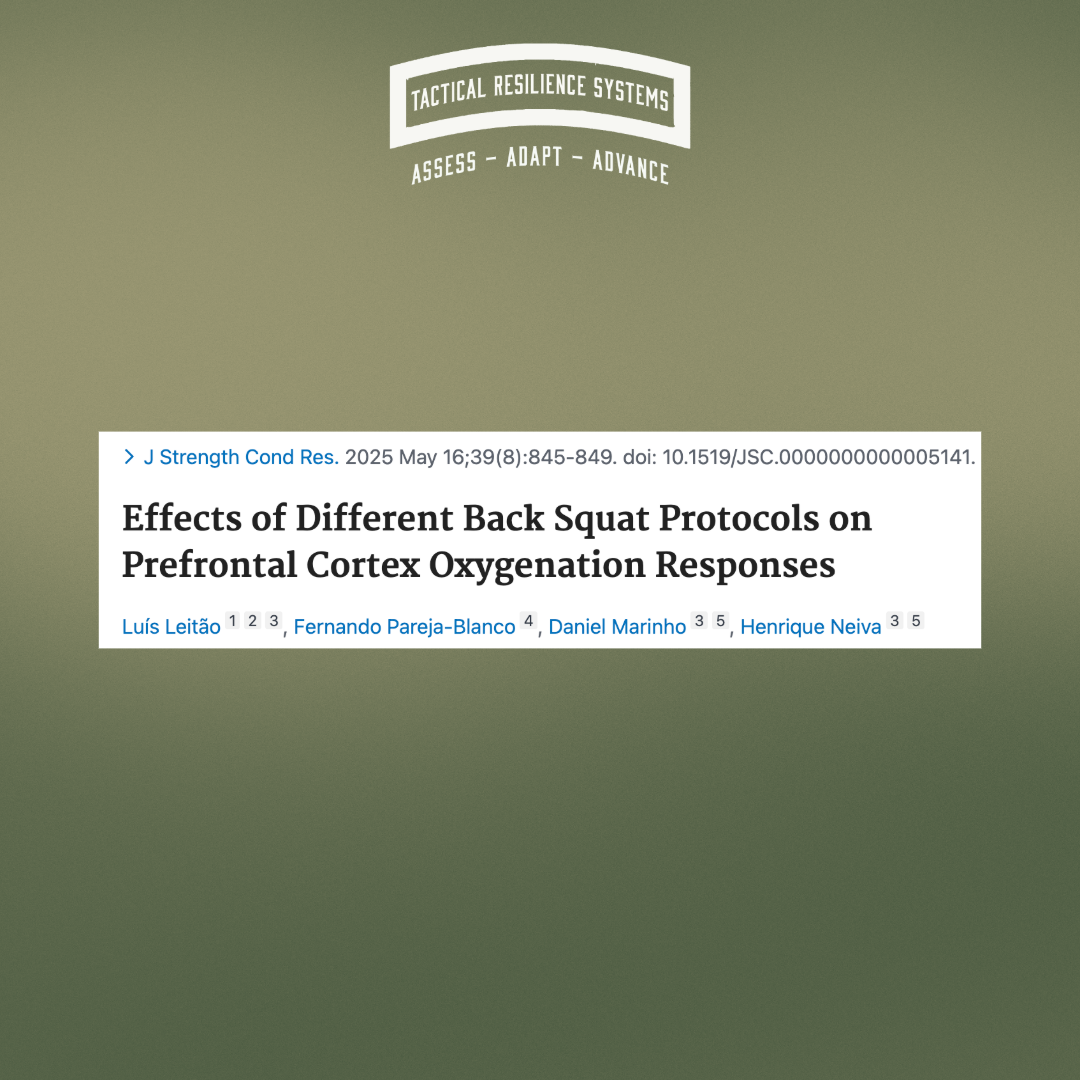
082 - Heavy Squats, Hard Thinking: How Load Impacts Brain Oxygenation
082 - Effects of Different Back Squat Protocols on Prefrontal Cortex Oxygenation Responses

081 - Top 5 Supplements for Bodybuilders: Science, Strategy, and the Signal-to-Noise Ratio
081 - Top 5 Dietary Supplements for Bodybuilders
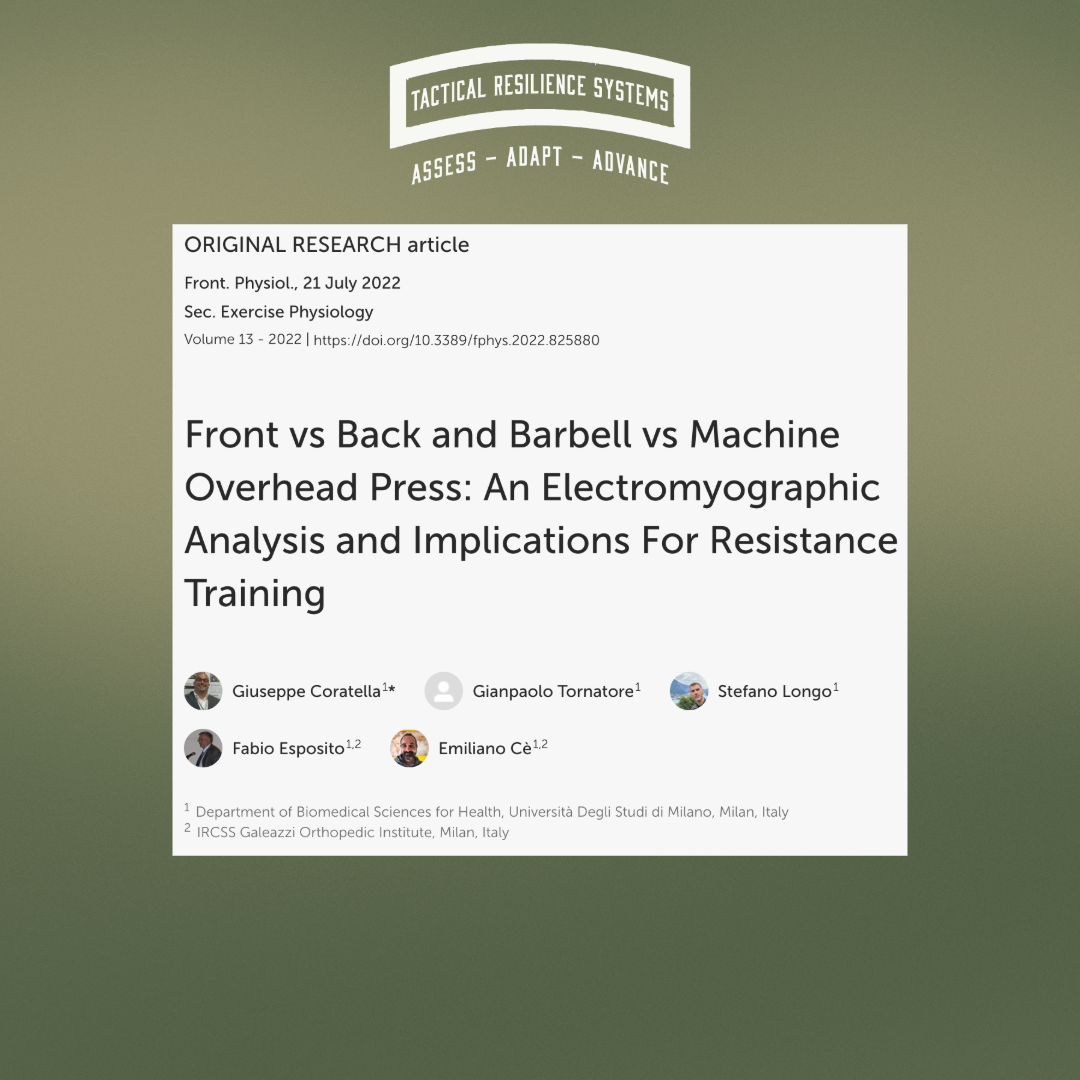
080 - Barbell vs. Machine: Targeting Shoulders with Precision
080 - Front vs Back and Barbell vs Machine Overhead Press: An Electromyographic Analysis and Implications For Resistance Training
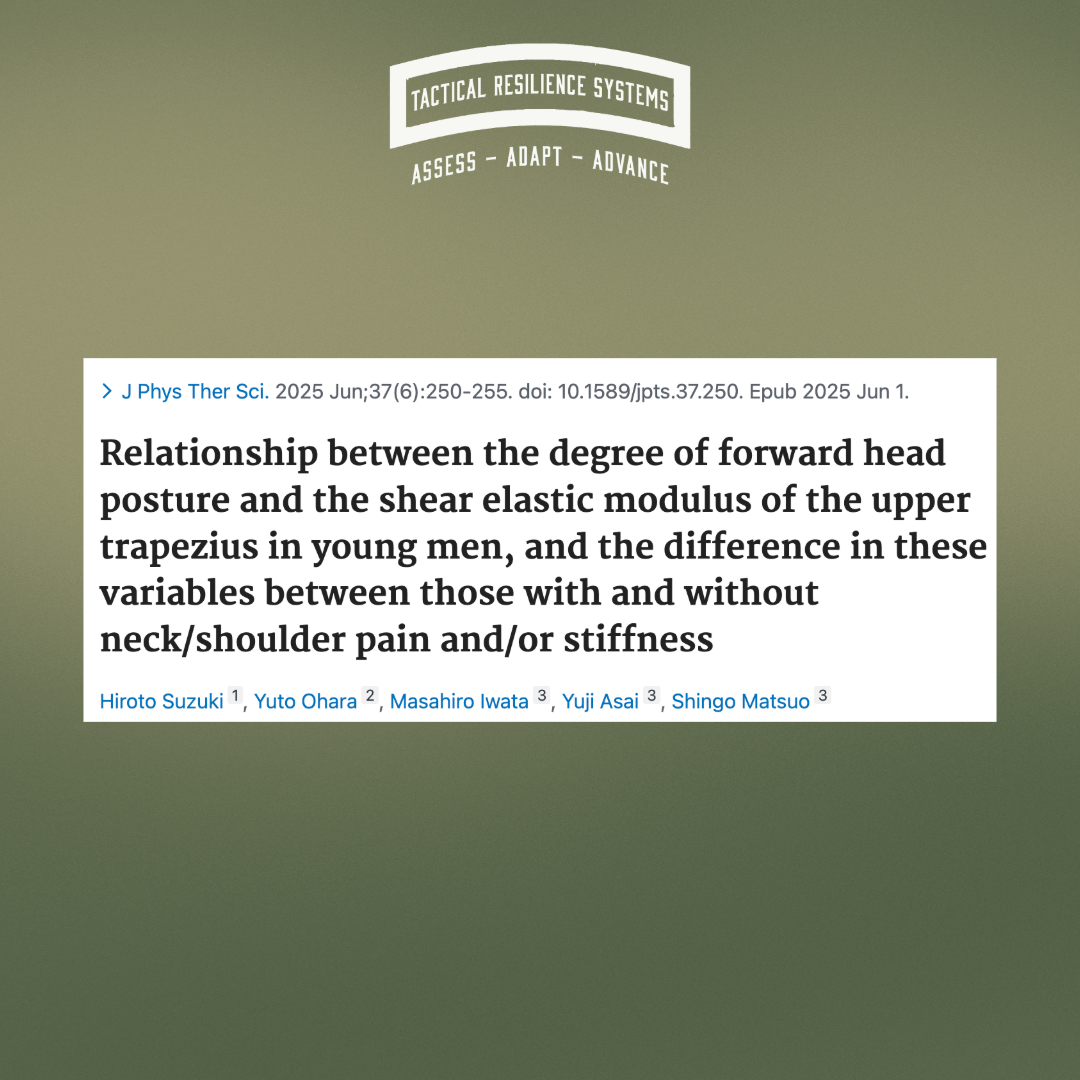
079 - Posture Isn’t Just a Symptom - It’s a Signal: FHP, Muscle Stiffness, and Tactical Readiness
079 - Relationship between the degree of forward head posture and the shear elastic modulus of the upper trapezius in young men, and the difference in these variables between those with and without neck shoulder pain and or stiffness
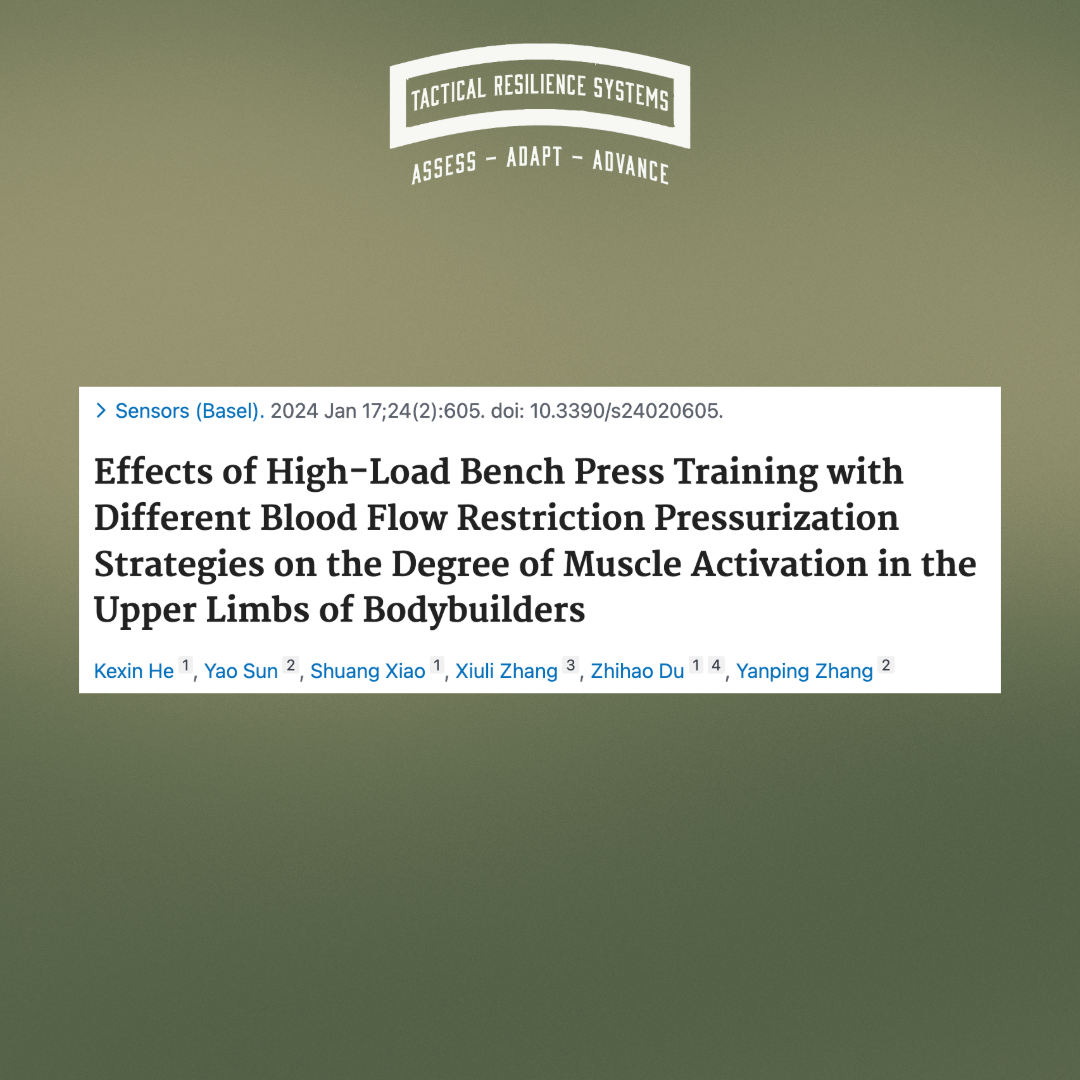
078 - BFR Meets High Load: Muscle Activation on Overdrive
078 - Effects of High-Load Bench Press Training with Different Blood Flow Restriction Pressurization Strategies on the Degree of Muscle Activation in the Upper Limbs of Bodybuilders

077 - Reps in Reserve: Smarter Strength for Special Populations
077 - Repetitions in Reserve: An Emerging Method for Strength Exercise Prescription in Special Populations
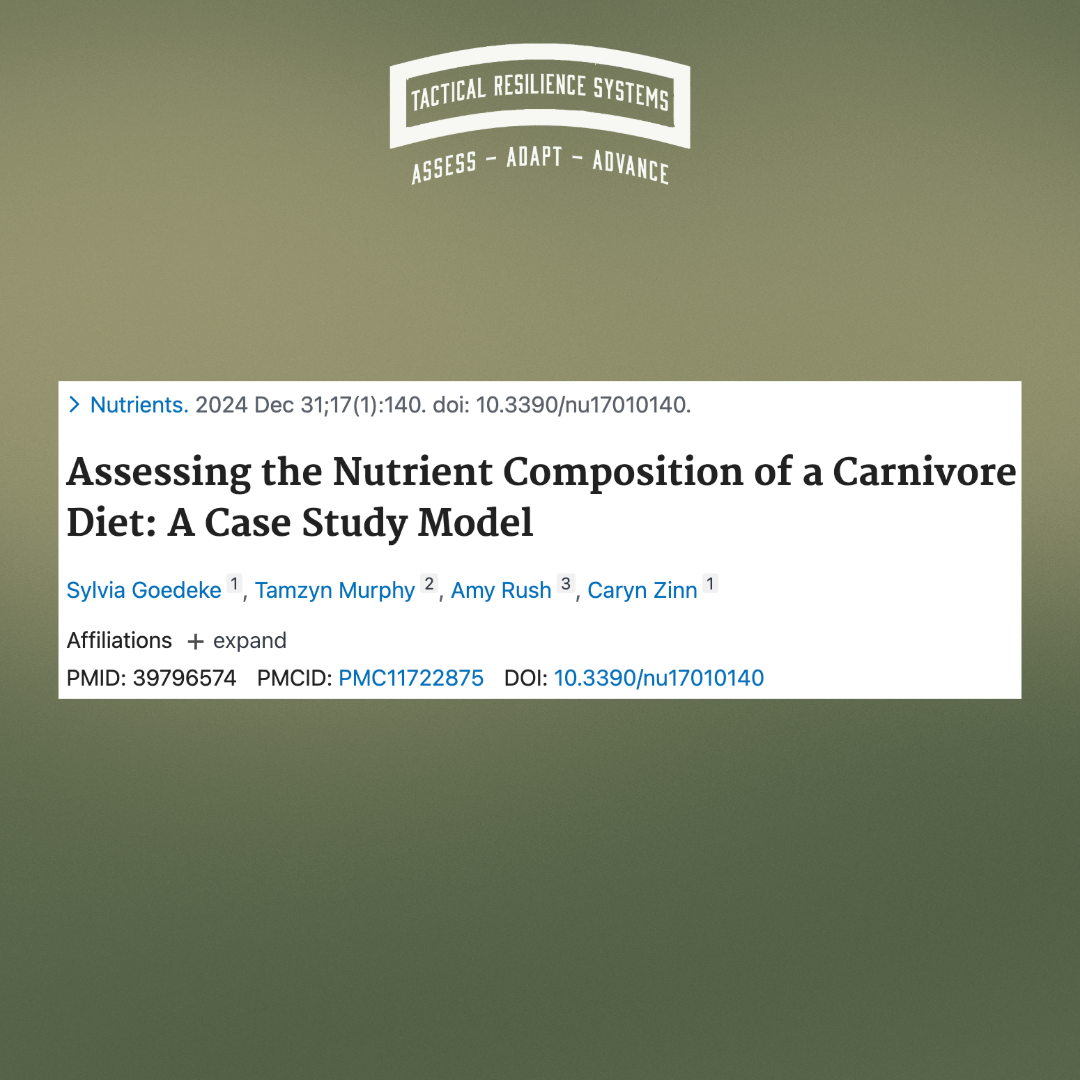
076 - Carnivore Diet Under the Microscope: Nutritional Strengths and Gaps
076 - Assessing the Nutrient Composition of a Carnivore Diet: A Case Study Model

075 - GHRH Analogs: Mood, Recovery, and Neuroinflammation—A Tactical Edge?
075 - Antinflammatory, antioxidant, and behavioral effects induced by administration of growth hormone-releasing hormone analogs in mice
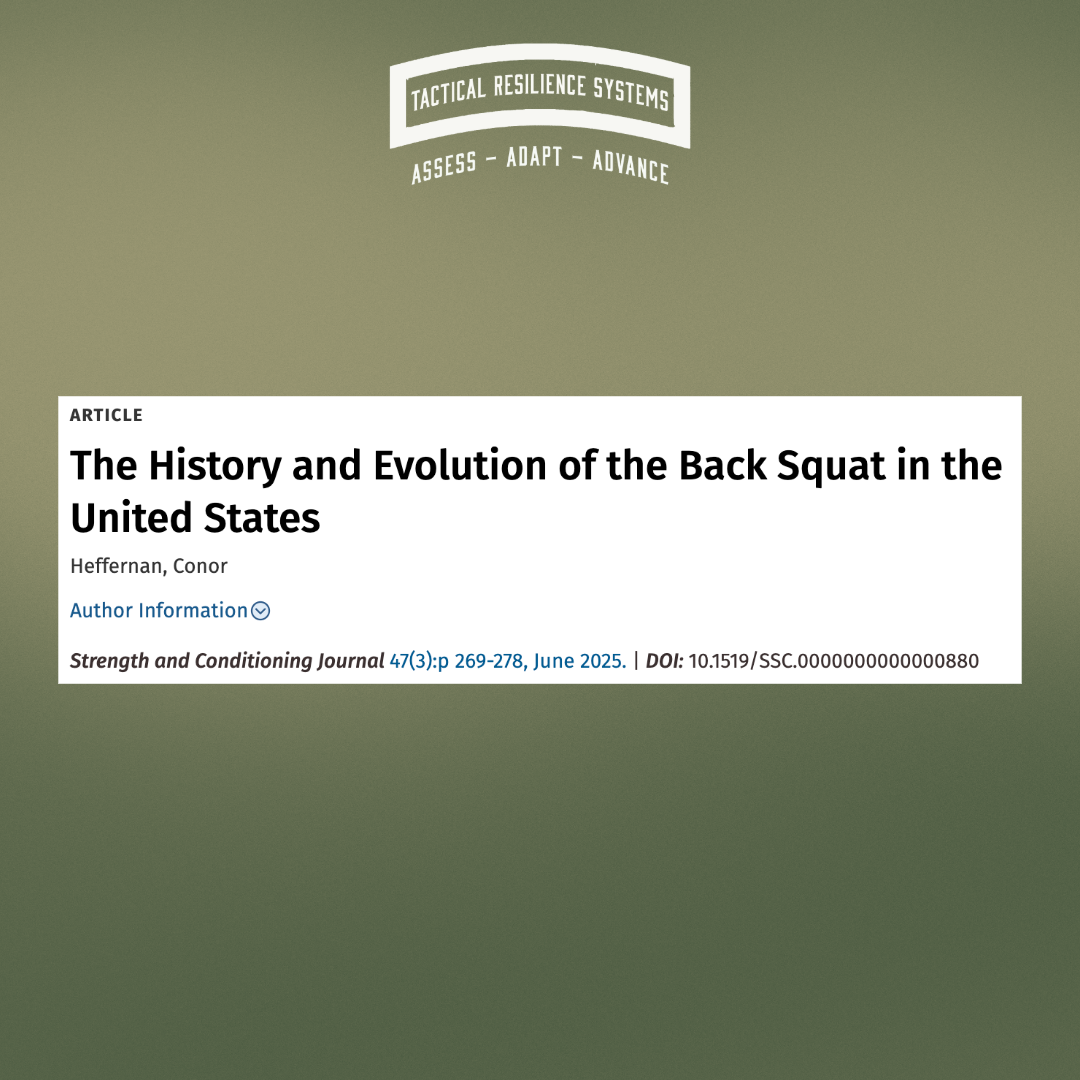
074 - Back Squat Evolution: What History Teaches Us About Movement
074 - The History and Evolution of the Back Squat in the United States
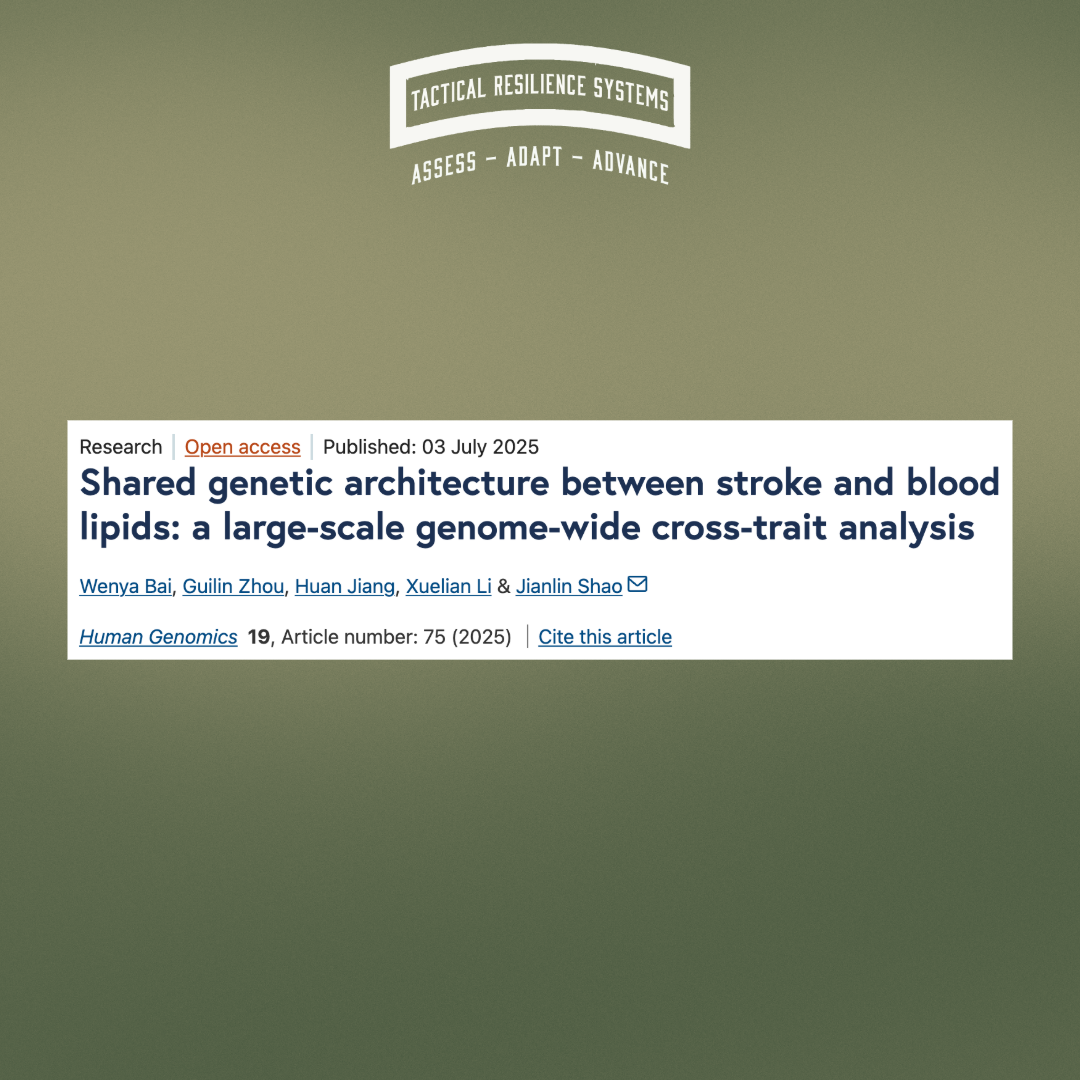
073 - How Blood Lipids Influence Stroke Risk
073 - Shared genetic architecture between stroke and blood lipids: a large-scale genome-wide cross-trait analysis
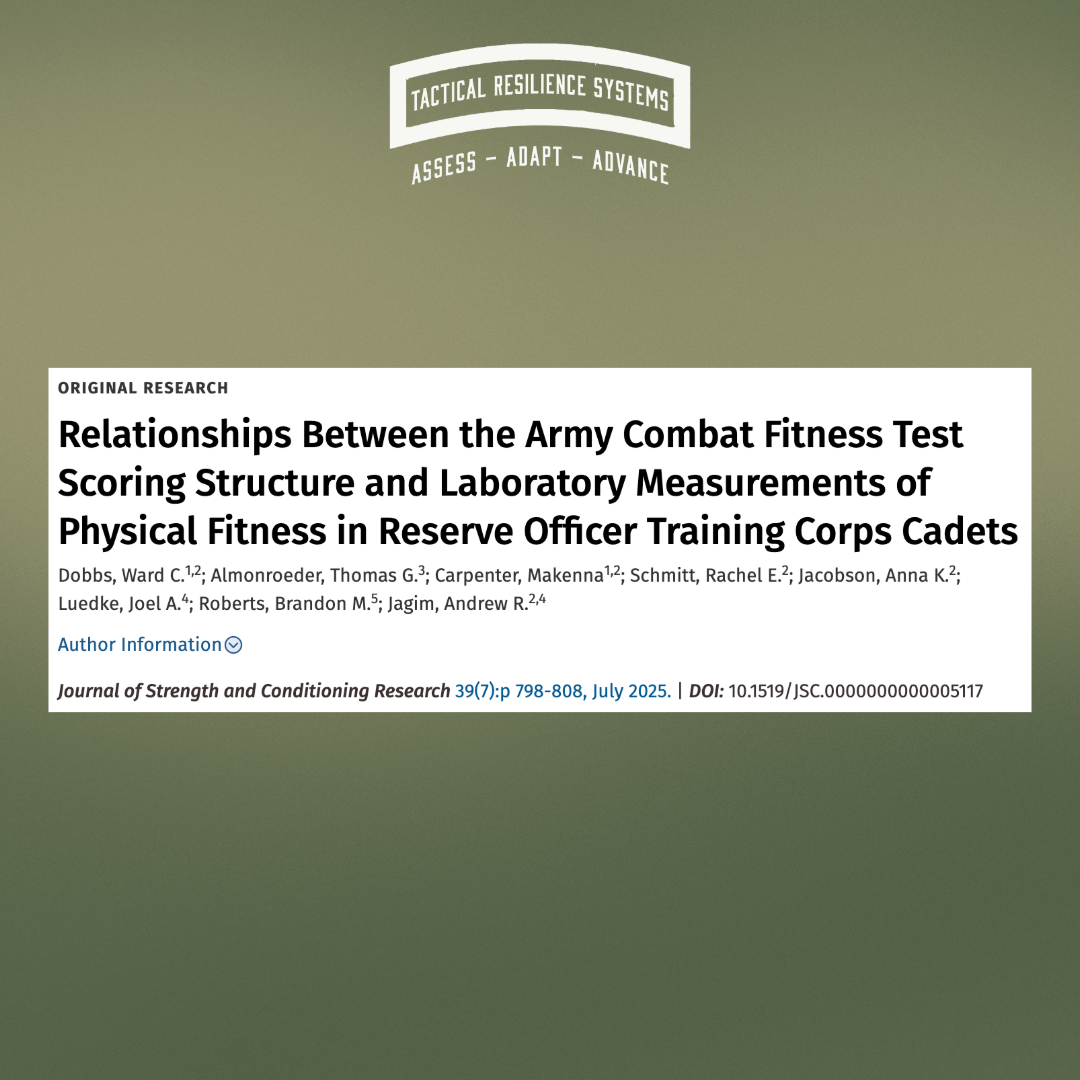
072 - Army Combat Fitness Test: Lab Insights for Optimal Tactical Readiness
072 - Relationships Between the Army Combat Fitness Test Scoring Structure and Laboratory Measurements of Physical Fitness in Reserve Officer Training Corps Cadets
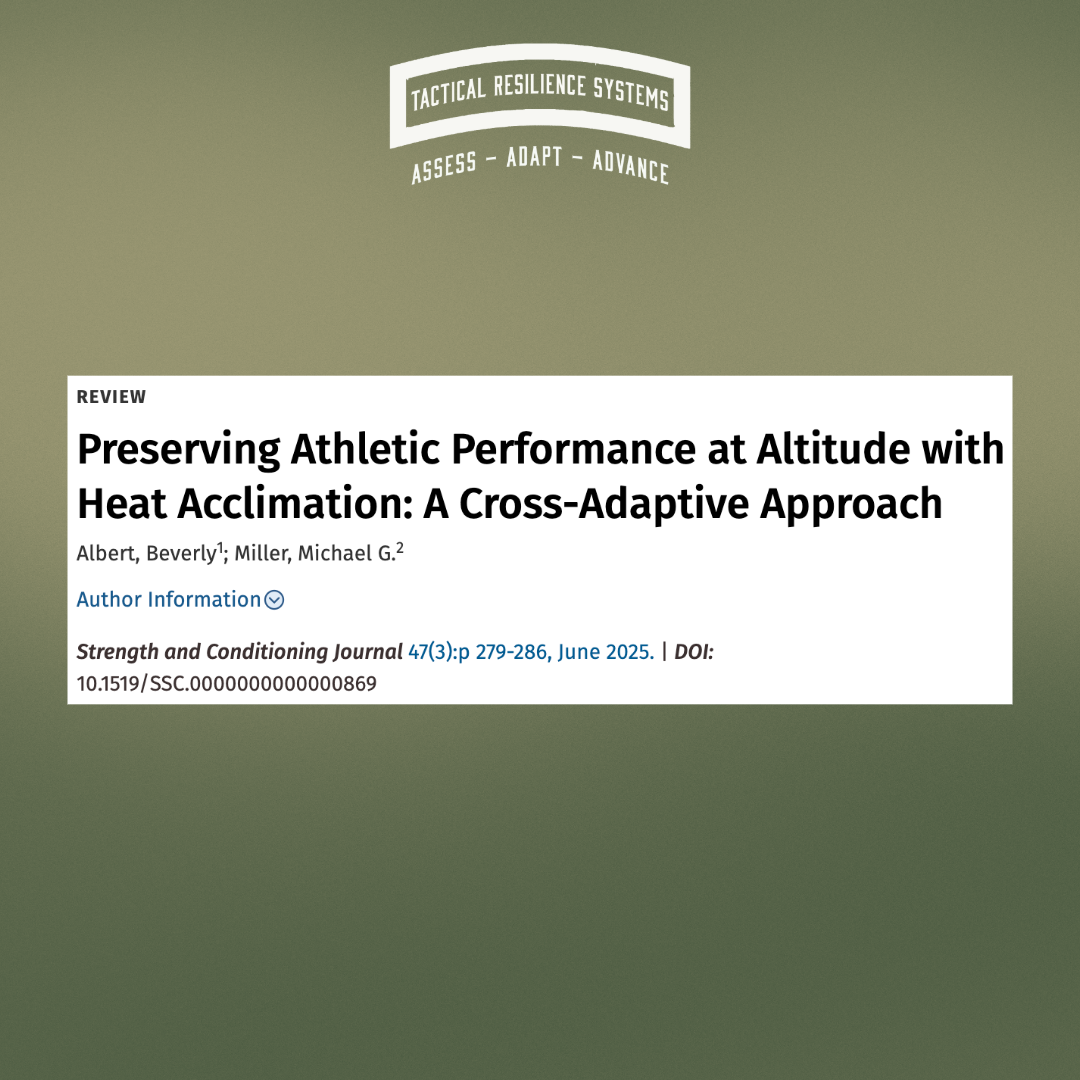
071 - Train Hot to Perform High: Heat Acclimation for Altitude Readiness
071 - Preserving Athletic Performance at Altitude with Heat Acclimation: A Cross-Adaptive Approach
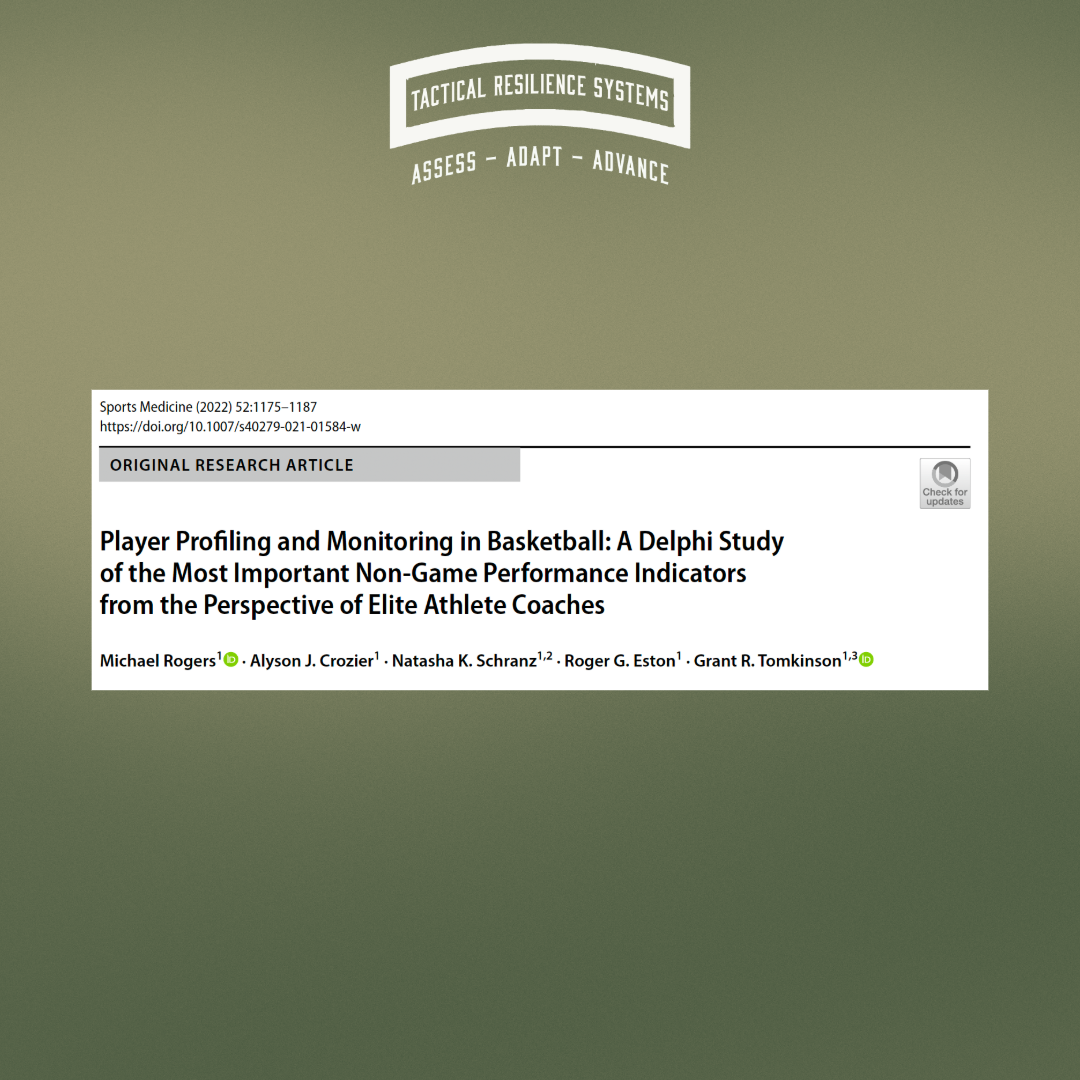
070 - Beyond the Box Score: The Traits Coaches Actually Recruit
070 - Player Profiling and Monitoring in Basketball A Delphi Study of the Most Important Non Game Performance Indicators from the Perspective of Elite Athlete Coaches

069 - Load vs. Outcome: Do Men and Women Need Different Squat Strategies?
069 - Effects of light vs heavy load squat training on velocity strength power and total mechanical work in recreationally trained men and women

068 - Front vs. Back Squats in Trained Women: Strength, Size, and Strategy
068 - The effects of squat variations on strength and quadriceps hypertrophy adaptations in recreationally trained female
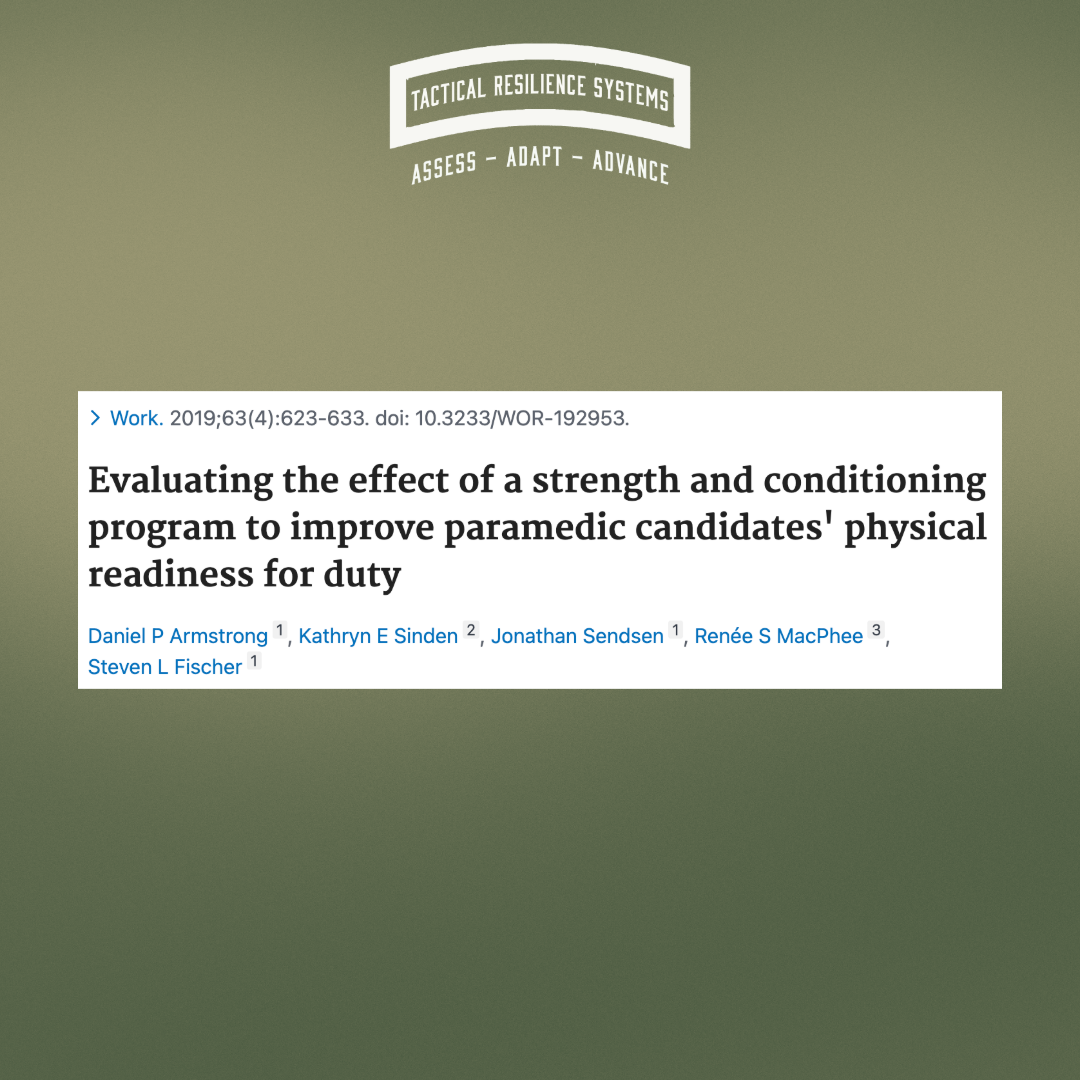
067 - Stronger, Faster, Hireable: 4 Weeks to Paramedic Readiness
067 - Evaluating the effect of a strength and conditioning program to improve paramedic candidates' physical readiness for duty
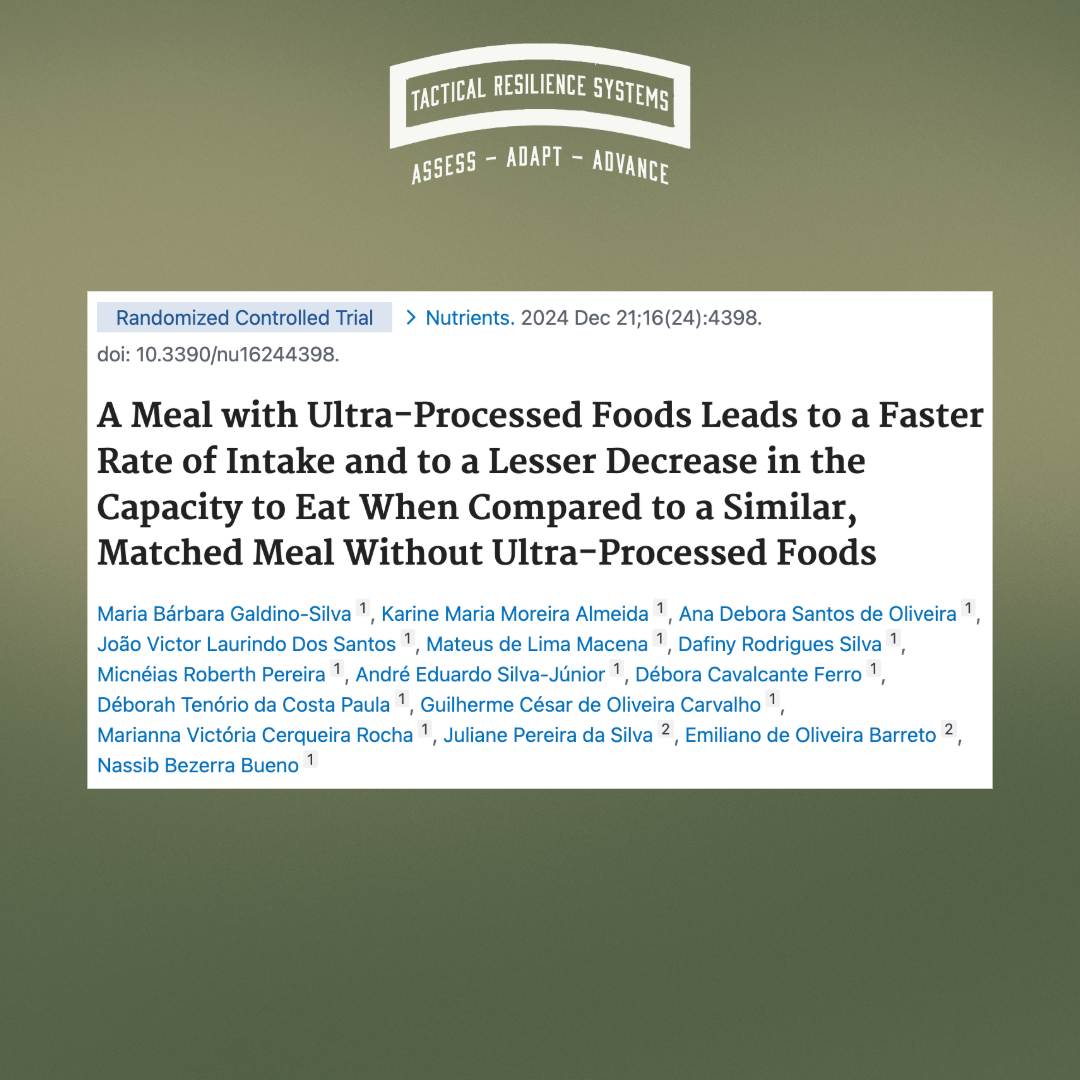
066 - Eat Fast, Stay Hungry: The Ultra-Processed Risk
066 - A Meal with Ultra-Processed Foods Leads to a Faster Rate of Intake and to a Lesser Decrease in the Capacity to Eat When Compared to a Similar, Matched Meal Without Ultra-Processed Foods

065 - Protein or Carbs Before Training? It Might Not Matter
065 - No difference in fat oxidation, postexercise energy expenditure or energy intake following ingestion of a protein-based breakfast compared to carbohydrate breakfast
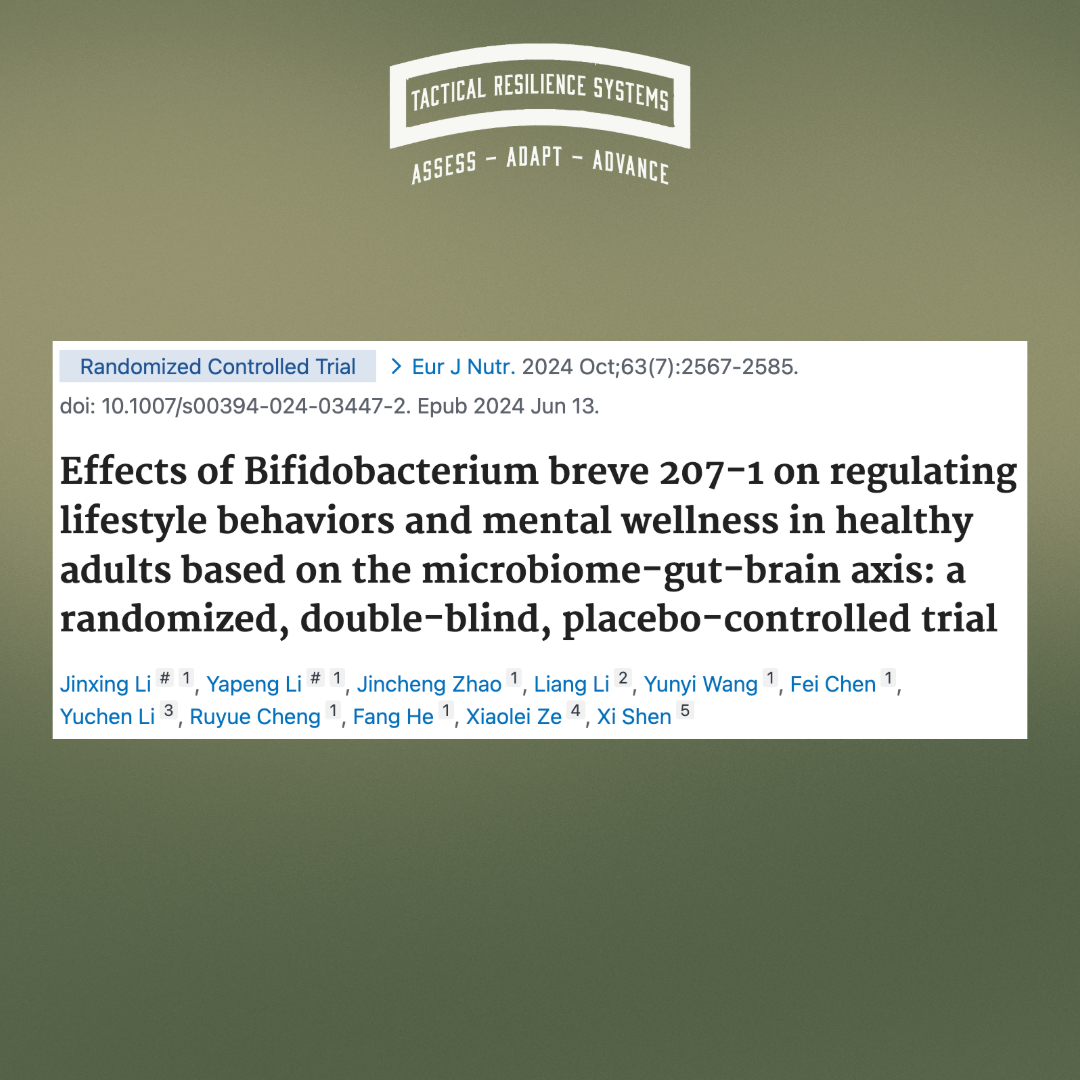
064 - Gut First, Mind Follows: Tactical Gains from a Daily Dose
064 - Effects of Bifidobacterium breve 207-1 on regulating lifestyle behaviors and mental wellness in healthy adults based on the microbiome-gut-brain axis: a randomized, double-blind, placebo-controlled trial

063 - Low T Is a Red Flag! Not Just a Hormone Problem
063 - Understanding functional hypogonadism: Serum testosterone as a marker of chronic disease and cardio-metabolic risk in men